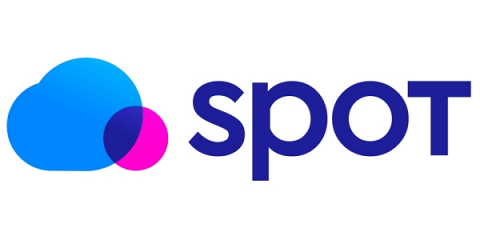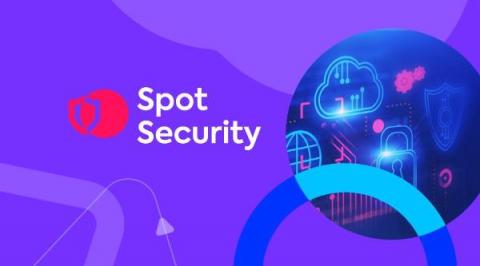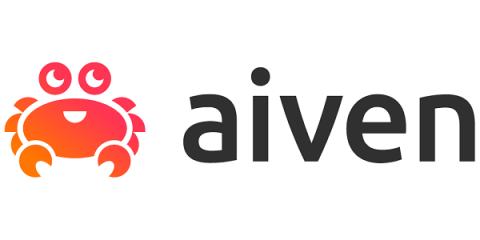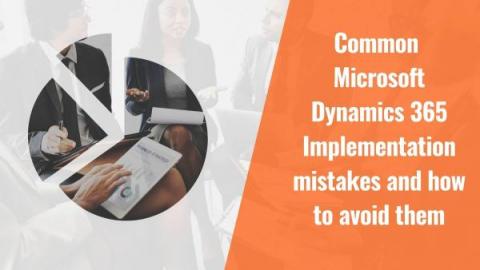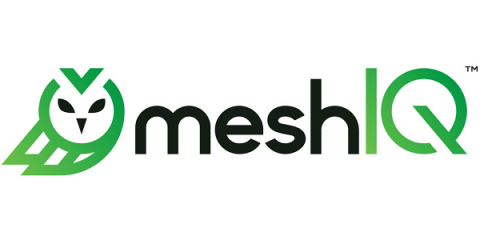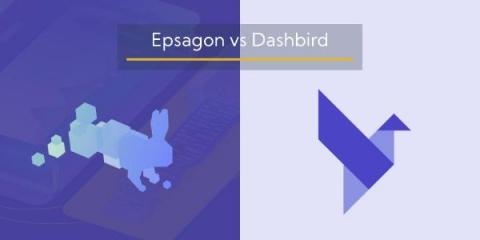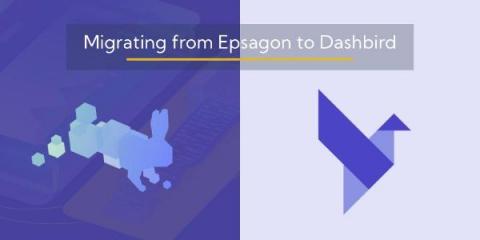Operations | Monitoring | ITSM | DevOps | Cloud
Latest News
Stateful support in Elastigroup for Azure
When running stateful applications in the cloud, it’s more likely you’ll find them using pay-as-you-go VMs, which will stay up and running throughout the application’s lifetime. On the other hand, using pay-as-you-go VMs typically cost a lot more than spot ones. As these applications grow, so too does the cloud bill and finding ways to optimize costs is becoming a strategic goal.
Optimized, high performing clusters with Elastigroup's Intelligent Traffic Flow
When companies use Elastigroup, Spot by NetApp’s cloud compute platform, they’re able to operate the most efficient, reliable infrastructure at the lowest possible cost. Elastigroup’s core features automate infrastructure management and optimize cloud resources, delivering up to 90% savings on cloud costs.
Announcing Spot Security: Safeguard your cloud with continuous, automated security
The cloud not only ushered in a different way of developing and deploying software, but it also introduced a fundamentally different security reality, presenting new challenges to teams responsible for keeping environments secure. Designed to be dynamic, cloud environments can be in a near-constant state of change, with infrastructure resources spun up and down multiple times a day to support cloud applications.
Aiven Achieves $2B Unicorn Valuation with its Series C Extension
Common Microsoft Dynamics 365 Implementation Mistakes and How to Avoid Them.
Microsoft Dynamics CRM is an excellent fit for financial services organizations because of its in-depth client insights, reporting capabilities, and integrated compliance. It is critical to select the appropriate partner in order to reap the advantages of these key features and to guarantee that they are successfully implemented.
When Big Data Goes Wrong: 3 Common Issues and Possible Solutions
Our shared future has always been profoundly enigmatic. Hoary seers from days of yore would never have predicted everyday life as it is now. It would have been impossible to guess most of what has already happened in the 21st century. Peering into crystal balls would have proved equally futile. Even an attempt to make well-educated guesses about possible issues with big data would likely have been way off the mark.
5 Ways Cloud Costs Can Spiral Out of Control
As CFO of Virtana, I face many of the same challenges as every CFO of a SaaS or enterprise software company today: cost containment, surprises, and an ever-escalating AWS bill. We all need help keeping these things in check. These challenges become even more difficult when your organization goes hybrid cloud. Fortunately, there are tools out there to help our teams help us manage these costs.
Compare monitoring tools: Epsagon vs Dashbird
As the world is increasingly reliant on technology, software developers, cloud architects, and DevOps practitioners bear a responsibility similar to that of the health industry or to airplane pilots, for example. In this reality, cloud monitoring isn’t optional, it’s a matter of being professional. What is optional, however, is what monitoring solution to go for. Obviously, the one that best fits your specific needs but which one is it?
Migrating from Epsagon to Dashbird
With over 200 products offered by AWS, when designing a solution, such as a micro-services based system using a number of these services at its core, it becomes rather challenging to not only monitor them but on the onset of a problem troubleshooting it and resolving it within the least amount of time becomes a daunting task. Building a monitorable system requires a deep understanding of the failure domain of the critical components, which is a tall order for a fairly complex system.




